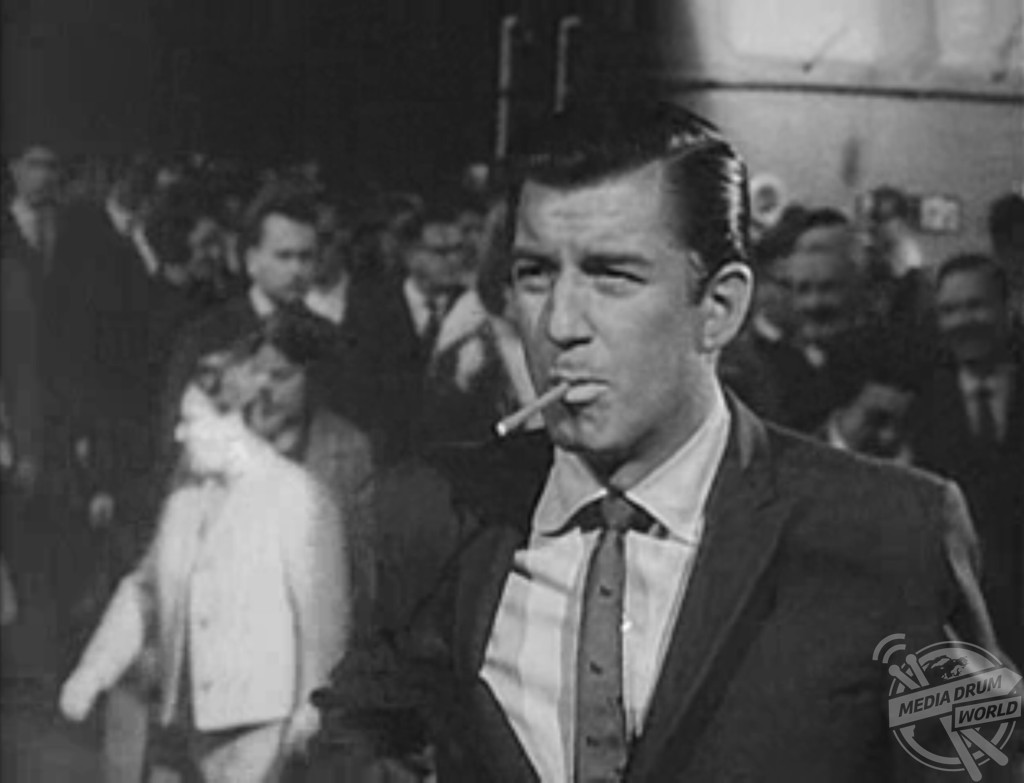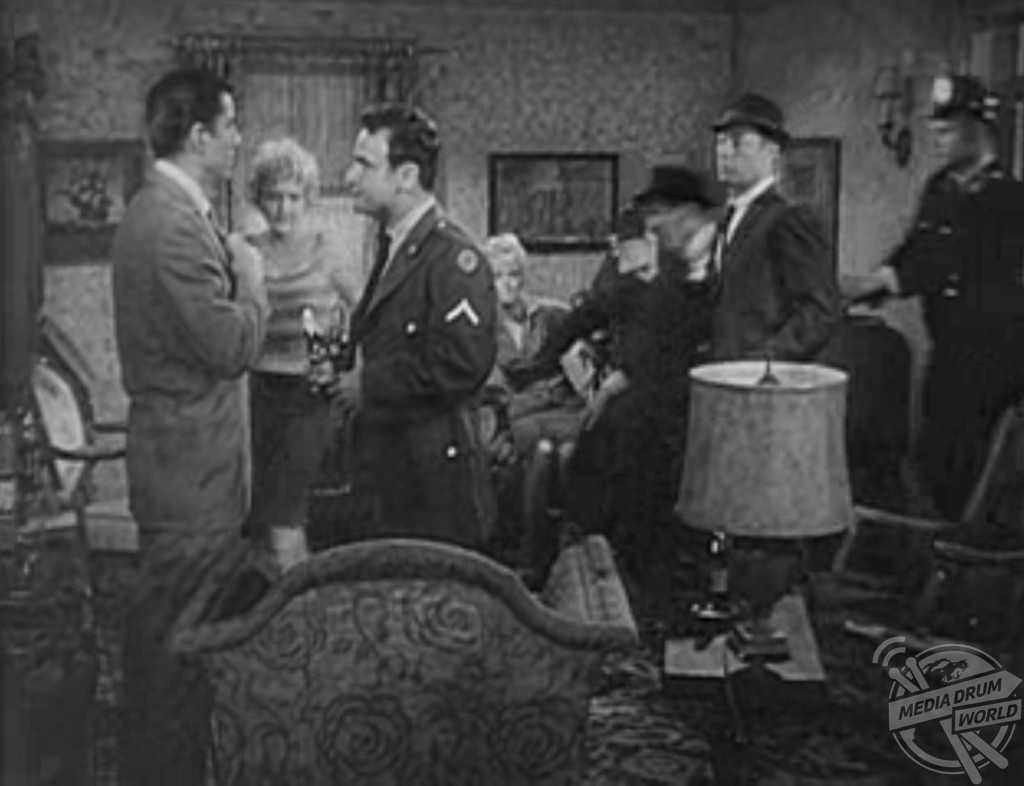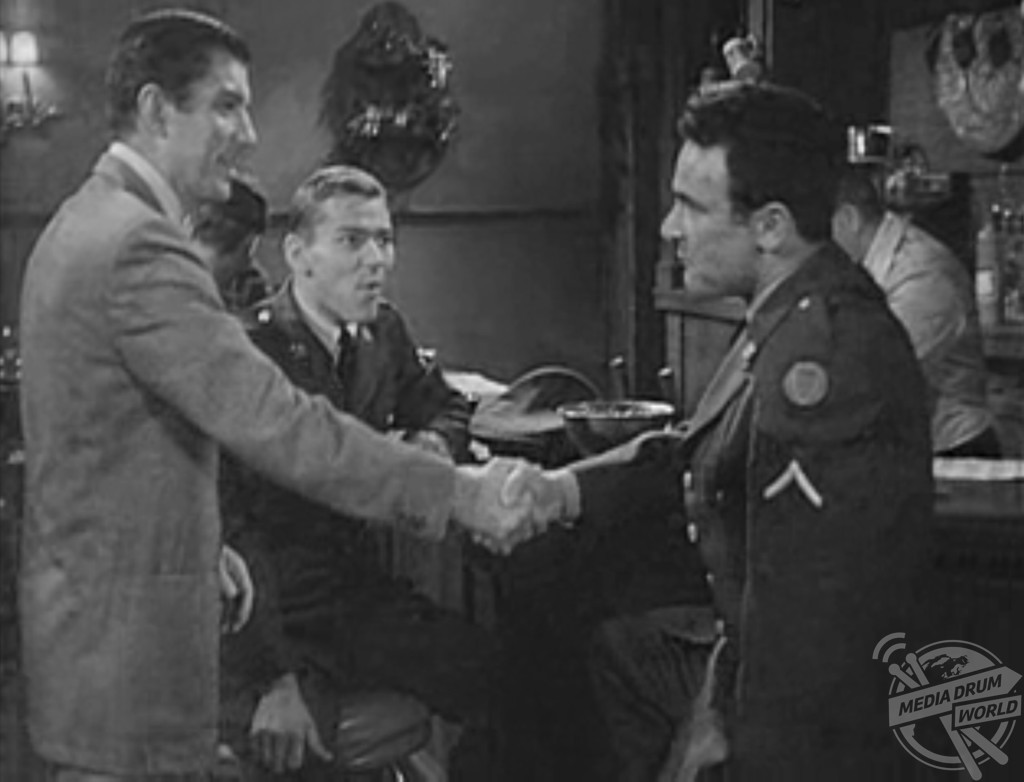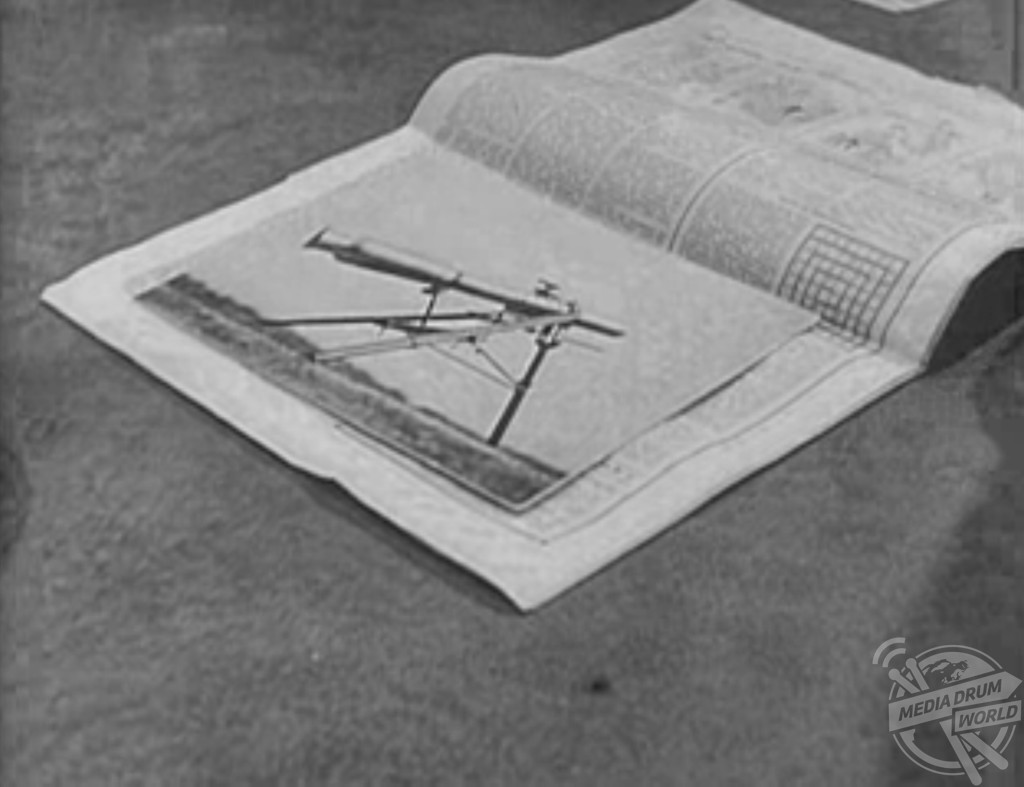By Tom Dare
A FASCINATING VIDEO from the Cold War warning American servicemen overseas about the dangers of being taken in by a Soviet spy has resurfaced today, as tensions continue to escalate between the UK and Russia about the poisoning of a former USSR intelligence agent in Salisbury last Sunday.
The video, created by the Department of Defense in 1964 at the height of the Cold War, follows the reportedly true story of Macredos, an American businessman-turned Soviet spy who was recruited by USSR intelligence services while on a trip to Vienna.

The narrator then talks the audience through Macredos’ story, in which he befriends two American military personnel in Munich before paying them to steal items from their barracks, such as confidential training manuals and, eventually, firearms.
The story leads to Macredos essentially blackmailing the two servicemen into stealing a low-grade nuclear weapon, which they look set to do before one of them reports the episode to his commanding officer, with all three men arrested by the end of the film.

Backed by the government, the film was made during a period in the Cold War in which suspicion of espionage and double-agents was high on both sides of the Cold War divide. In 1953 married couple Julius and Ethel Rosenberg had been executed by the United States for espionage, having been found guilty of passing state secrets onto the USSR, while British scientist Klaus Fuchs was also caught up in the same scandal. Both sets of spies had passed on secrets from America’s Manhattan project, leading the USSR to develop a nuclear bomb far sooner than any of the Western allies had anticipated.

There were without doubt double-agents on both sides of the Cold War, but perhaps the most famous espionage case was that of the Cambridge 5, a British-based spy-ring that was uncovered in the 1950s and 60s, around the time this video was created. Given the name after being recruited straight out of Cambridge University in the 1930s, the group is thought to have officially included five members, though it is suspected that the actual number is higher. All worked for the Soviet Union throughout the Second World War with two, Maclean and Burgess, defecting to the Soviet Union in 1951, fearing they would be captured. They were followed by Philby, who defected in 1964 after being publicly uncovered, while it was not discovered that Blunt had confessed until 15 years later, with Prime Minister Margaret Thatcher announcing the news in the House of Commons. The fifth member of the group, Cairncross, was not uncovered as a spy until 1990.

Relations between Russia and the Western powers have worsened significantly over the past two weeks, after a former USSR intelligence agent was found slumped on a bench alongside his daughter, the victims of a nerve agent attack. Britain has accused Russia of carrying out the act of aggression, while Russia has denied all involvement in the affair.






